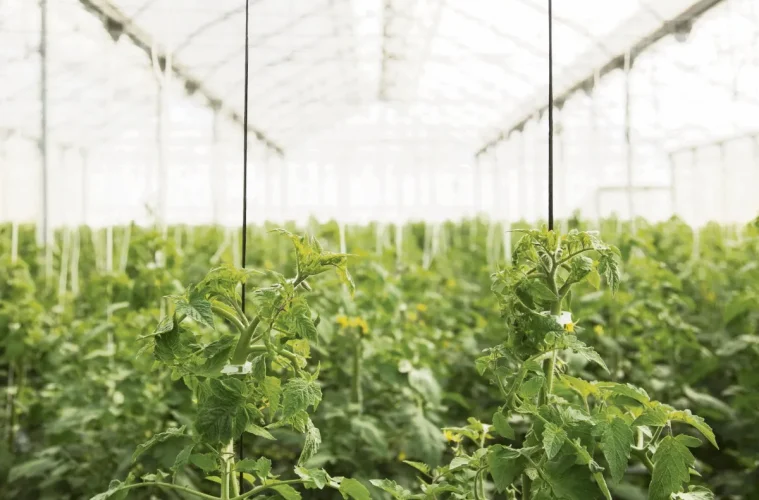The butterflies’ astonishing ability to hear the sounds of distressed plants has not finished intriguing researchers. It is an example of the interconnectedness that reigns in nature. Recent studies show that butterflies don’t just hear the “distress calls” of plants; they would also know how to interpret and use them for the survival of their species or for the defense of these same plants against herbivorous insects. Studying these complex interactions between plants and butterflies could help better preserve ecosystems through better agricultural practices.
A new study shows that insects make their decision to lay eggs based on the “distress calls” emitted by plants in situations of stress, including dehydration. They then emit a mournful melody made of ultrasonic clicks that sound like very high-pitched sounds. Some moths are able to hear these clicks. Insects interpret these as a signal against laying their eggs on these “tormented” plants.
Entomologist Rya Seltzer confirmed to the New York Times: “Plants make sounds and insects hear them. Each sound is specific, they know the meaning and think about it. »
It was already known that some plants emit ultrasonic clicks when they are under stress. These sounds are imperceptible to human ears but audible to other animals, including insects. Studies have looked at the sensory receptors present in butterflies that allow them to perceive frequencies of up to 1000 Hz, a register where the sounds of distressed plants are often located.
Taking the research further based on this observation, Dr. Selzer makes an astonishing discovery. Insects don’t just hear the sounds made by stressed plants. They interpret them to make decisions.
The researchers worked in the lab with a species of butterfly called the Egyptian cotton budworm. This insect is able to hear the sounds produced by certain plants. The researchers investigated whether the female leafworms would use clicks to decide where to lay their eggs. The choice – it must be right and quick – is vital for the development of the children of this insect.
Dr. Selzer’s team has demonstrated that – under laboratory conditions – females generally prefer to lay eggs on a thriving plant that is more likely to provide enough food for newborn larvae rather than on a dehydrated plant.
The researchers wanted to know if butterflies behaved similarly with other plants. So they repeated their experiment with, this time, two tomato plants. The butterfly was therefore presented with a healthy and hydrated plant on the one hand, and a plant that was just as healthy and hydrated but emitting recorded distress sounds from a dehydrated plant on the other. Conclusion: butterflies prefer to lay their eggs on the “silent” plant. They therefore know how to attribute ultrasonic clicks to dehydrated plants to avoid.
Scope of research in plant bioacoustics
However, these experiments still need to be transposed into the laboratory in nature before they can be validated. In particular, it would be necessary to know if moths do not combine sounds with many other signals, including smells. The main question is whether this discovery can be extended to other insects and plants. Dr. Selzer, again according to the New York Times, believes that “many insects hear ultrasound and many plants produce ultrasound under stress. I bet on that, it is a very broad phenomenon. »
More research is underway to find out how far Dr. Selzer’s study can be expanded, including the following:
- Do other insects such as bees or beetles also use acoustic signals from plants?
- Analyze different frequencies and types of sounds
- Interaction with other signals such as smells
- Analyze how climatic conditions and environmental stress affect the production of sound by plants. Acoustic interaction could influence the dynamics of ecosystems, particularly in terms of the preservation of natural habitats.
- Agricultural use: Exploring how this knowledge could be harnessed to improve agricultural practices, such as attracting pollinators and repelling pests. In addition, this knowledge can incentivize sustainable agricultural practices that promote not only plant health, but also the survival of pollinators.
Detecting the sounds emitted by plants is not limited to a signal to lay the eggs in the right place. Thus, the distress of plants can indicate to butterflies the presence of numerous herbivorous insects that feed on these plants. The straws will devour these insects in front of soldiers at the service of these plants
Although caution should be exercised, most researchers agree that Dr. Selzer’s work opens the door to new research on plant bioacoustics.
Sources used for this article : New York Times and others




